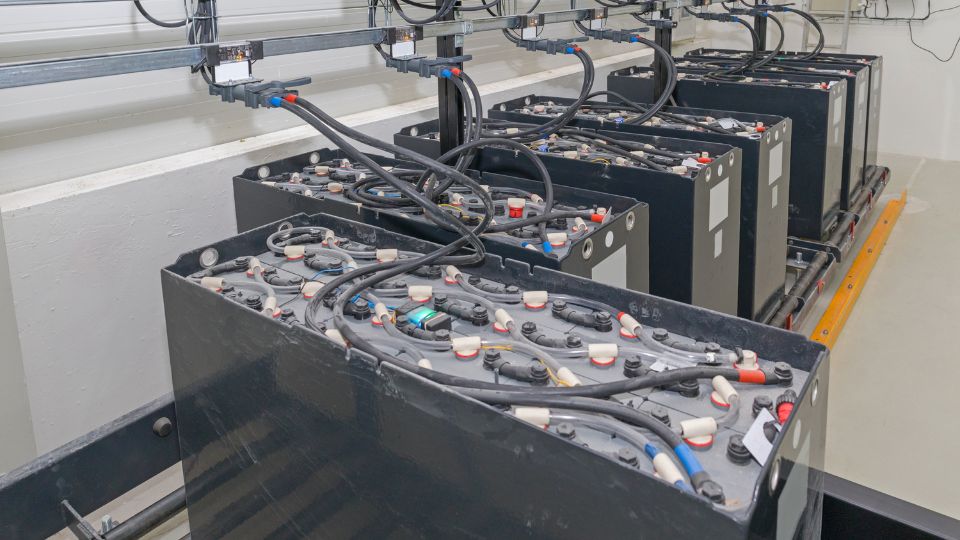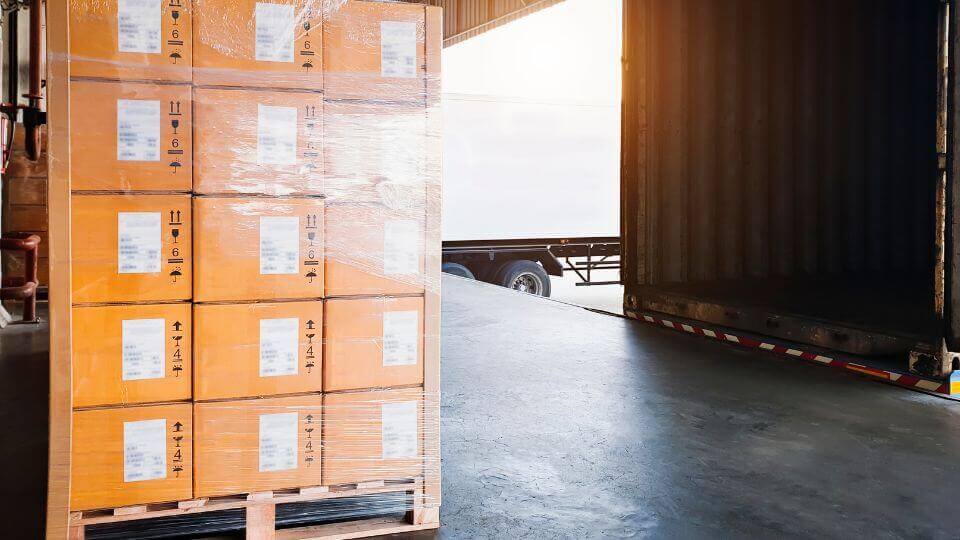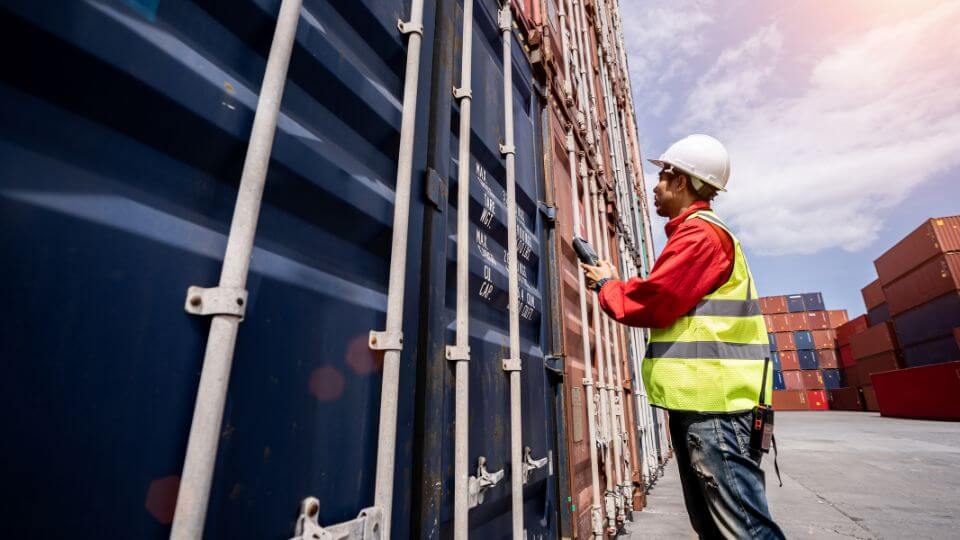Table of Contents
While the terms ‘inbound’ and ‘outbound’ relate to distinct concepts in different fields, they boil down to the distinction between collecting and sending goods and materials as far as logistics are concerned. Every organization that deals with physical items need incoming and outbound logistics carriers, regardless of whether they handle them directly or not.
With effective inbound logistics operations in place, a firm can resupply popular products in time for important holidays, offer new goods for sale, and even handle product returns. On the outgoing side, you may ensure the timely delivery of items to buyers and other stakeholders.
Any supply chain management plan necessitates the coordination of incoming and outbound logistics to ensure the best possible fulfillment and delivery of orders. In this article, we’ll discuss how to do precisely that, going over the many steps and processes you need to familiarize yourself with.

What is Inbound Logistics?
The term “inbound logistics” refers to the system of suppliers that deliver products or supplies to your organization. Your inbound logistics chain consists of everything necessary to carry, store, and deliver items from external suppliers to your organization. The items that you introduce into your firm are determined by your activities.
If your firm deals with manufacturing, inbound logistics may include raw materials; if you are in the assembly business, inbound logistics, in contrast, will be dealing with finished goods. Inbounds logistics, in its simplest form, include everything your company operations need to help create the finished product you ultimately sell.
Best-In-Class 3PL in the Midwest
What is Outbound Logistics?
Outbound logistics is the term used to describe the transit, warehousing, and distribution systems that move your items to your consumers. Outbound logistics include, in a nutshell, the processes through which you transport finished items to their final destination.
Generally speaking, your outbound logistics networks help you collaborate with partners who are separate from those of your incoming logistics networks. While some transportation companies focus only on inbound logistics, others have a broader perspective that includes product dissemination and delivery. While incoming logistics may be responsible for bringing commodities into your organization, outbound logistics is deemed essential for transporting finished goods to their final destination.
Often, sending items to clients means first transporting them to a distribution facility. An order fulfillment facility can be a storehouse that temporarily holds your products for transportation to their designated locations later. Once items arrive at a fulfillment center, they are quickly sent to other locations, often to refill inventory levels.
Best-In-Class 3PL in the Midwest
Steps to Optimize Your Inbound Logistics
Develop Strong Supplier Ties:
Strong supplier relationships will result in a variety of advantages, including improved terms, shortened lead times, cost savings, and a feeling of security amid market swings.
Prioritizing this connection enables your supplier to have a deeper understanding of your company. A supplier compliance strategy outlines your standards and the associated consequences for errors such as late deliveries or failure to adhere to route restrictions. This kind of program has the potential to minimize freight and warehousing costs, enhance speed and accuracy, and boost customer satisfaction.
Utilize a Transportation Management System (TMS):
This application facilitates the automation, management, and optimization of freight operations. A transportation management system (TMS) evaluates shipping rates and service levels across carriers, schedules the item, and follows it through delivery. These insights enable a business to save money, improve its efficiency, and obtain a clear insight into its distribution network.
Utilize a Warehouse Management System (WMS):
A warehouse management system (WMS) streamlines warehouse operations by expediting logistics processes such as collecting, stowing, inventory control, and selection.
1.
Consolidate packages
Less-than-truckload (LTL) shipments incur greater transportation expenses and need more time for delivery. Occasionally, there are impediments to integrating shipments, such as divergent handling requirements (merchandise that requires refrigeration facilities, for example). If a firm is having difficulty obtaining full truckloads, a third-party logistics company (3PL) may combine its partial cargoes with those of other clients to cut down on the overall transportation expenses.
2.
Create a model of your present processes & track their performance
Inefficiencies in the supply chain in terms of expense, wastage, yield loss, redundant effort, international gaps, and delays should be prioritized. Inbound logistics may be complicated by the existence of invisible or intangible expenses, such as stock carrying costs and the consequences of bad customer service. Analyze your business in comparison to industry standards and competition.
3.
Analyze your selections
Recognize the impact of your choices on cost and efficiency. For instance, if the procurement team purchases in bulk to take advantage of volume discounts, are the cost savings offset by the cost of storing and handling surplus inventory? Purchasing, supplier management, shipping, receiving, warehousing, material handling, and inventory management are the primary cost drivers for incoming logistics.
You might also like to read 10 Best Ways for Companies to Manage Warehouse Inventory.
4.
Develop solutions to alleviate system-wide inefficiencies
Consider trade-offs between activities. By investing in automation and analytics, organizations can make more data-driven decisions.
Best-In-Class 3PL in the Midwest
Steps to Optimize Outbound Logistics
1.
Recognize when rapid delivery begins
To comply with carrier standards for expedited delivery, you may need to establish stock staging at distribution facilities, sort items according to distribution warehouse norms, alongside having to customize packaging to their standards. In some businesses, such as wholesale food distribution, an order fulfillment center may utilize a lumper operator, which employs third-party personnel to load and unload trailers. The objective is to shorten the turnaround time and allow the truck driver to relax and go more quickly. You must determine if the distribution facility will use lumping to account for these additional expenses.
2.
Adapt to existing inventory management techniques
Large orders supplied to clients at widely separated times are no longer the norm with just-in-time (JIT) inventories and other quick restocking techniques. Because the majority of clients that use JIT will lack the space to keep large quantities of extra goods, you must alter your logistics operations to accommodate these inventory patterns. You may have to budget for additional LTL orders too.
3.
Develop & strengthen ties with partners
Collaborate closely with outbound logistics partners, including customers and freight suppliers. Depending on your sector, you may sell to large merchants with in-depth knowledge of their intricate supply networks. They may disclose info on how your goods are selling to help you fine-tune your manufacturing, order fulfillment, and delivery. By collaborating effectively with freight companies, you can determine if segmenting your company into a small number of shippers provides you greater control over pricing and levels of service contracts.
4.
Utilize intelligent route planning
Automated route design may help cut delivery wait times and travel time. The time savings might help you save money on gasoline and also simultaneously increase client satisfaction.
5.
Consider 3PL as a possible option
For many businesses, the expense and complexity of overseas logistics make delegating to a third-party logistics provider a responsible choice. The scale of 3PLs enables them to get volume discounts and leverage in negotiations, which might result in cost savings for you. 3PLs deliver knowledge, specialty, and the ability to rapidly scale up or down your operation based on business requirements.
Best-In-Class 3PL in the Midwest
The Bottom Line
Understanding the distinctions between your incoming and outbound logistics operations is critical for establishing a comprehensive view of your logistics infrastructure. Modern organizations need both incoming and outbound logistics. Here at Logos Logistics, we pride ourselves on being one of the leading 3PL service providers in all of the Midwest region. We offer dependable, top-quality services that will definitely not cost you an arm and a leg, making us competitive within the current market landscape.

Protected: The Ultimate Guide to Proper Battery Warehousing and Storage
There is no excerpt because this is a protected post.

What is the Difference Between FTL and LTL Shipping?
What is the Difference Between FTL and LTL Shipping? Home > Blog > What is the difference between FTL and LTL shipping? Freight shipping can

Top 10 Imports of the USA
Top 10 Imports of the United States Home > Blog > Top 10 imports of the USA The United States, a global leader in trade,

